
Chinese Language Pronunciation
By the end of this guide you’ll know how to read Hanyu Pinyin and learn to master Chinese Pronunciation. You’ll also discover why pinyin is so important to learn for beginners and why it is crucial for Chinese vocabulary pronunciation. If you came here from our Chinese pronunciation YouTube video course, you can jump to the downloadable pinyin learning pdf and pinyin audio here.
Contents
What is Pinyin? Why Learn Pinyin?
Did you know pinyin is actually a Chinese word? Translated literally it means "to spell sound".
pīn is the pinyin for the character 拼: to spell
yīn is the pinyin for the character 音: sound
So you could say pinyin is a Chinese alphabet for pronunciation.
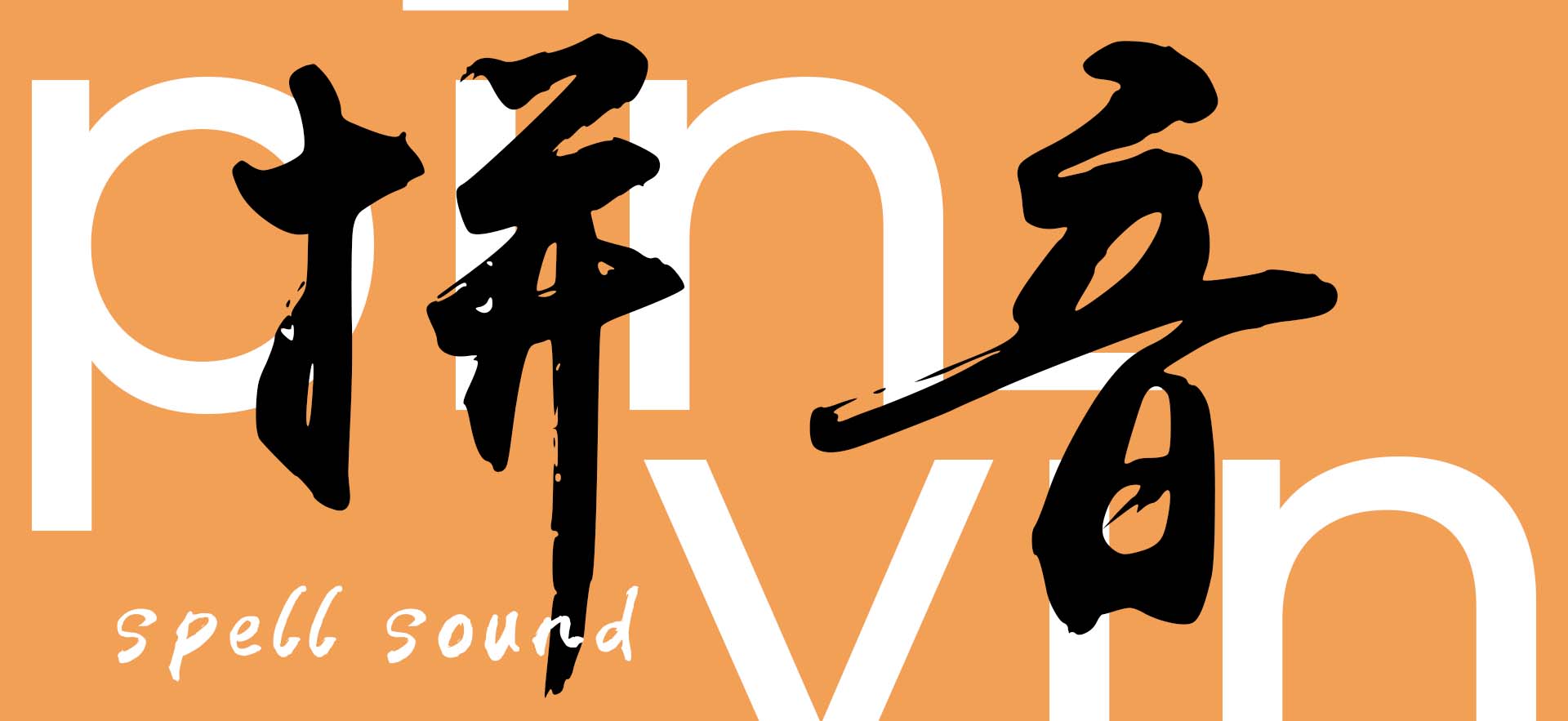
Why is Pinyin so Important to Learn?
It’s important to understand why pinyin is important. The pinyin system is a guide to not only the vowels, syllables and sounds of the Chinese language, but it’s also a cheat sheet for the characters themselves. Pinyin was invented to improve mandarin speaking abilities of both foreigners and natives. It helps us to master Chinese pronunciation without memorising all 3000+ characters in daily use. It also allows us to look up characters in the dictionary using their pinyin as a guide. Pinyin and Chinese characters are two totally different ways of representing the Chinese language. Which should you learn?
Should You Learn Pinyin or Characters?
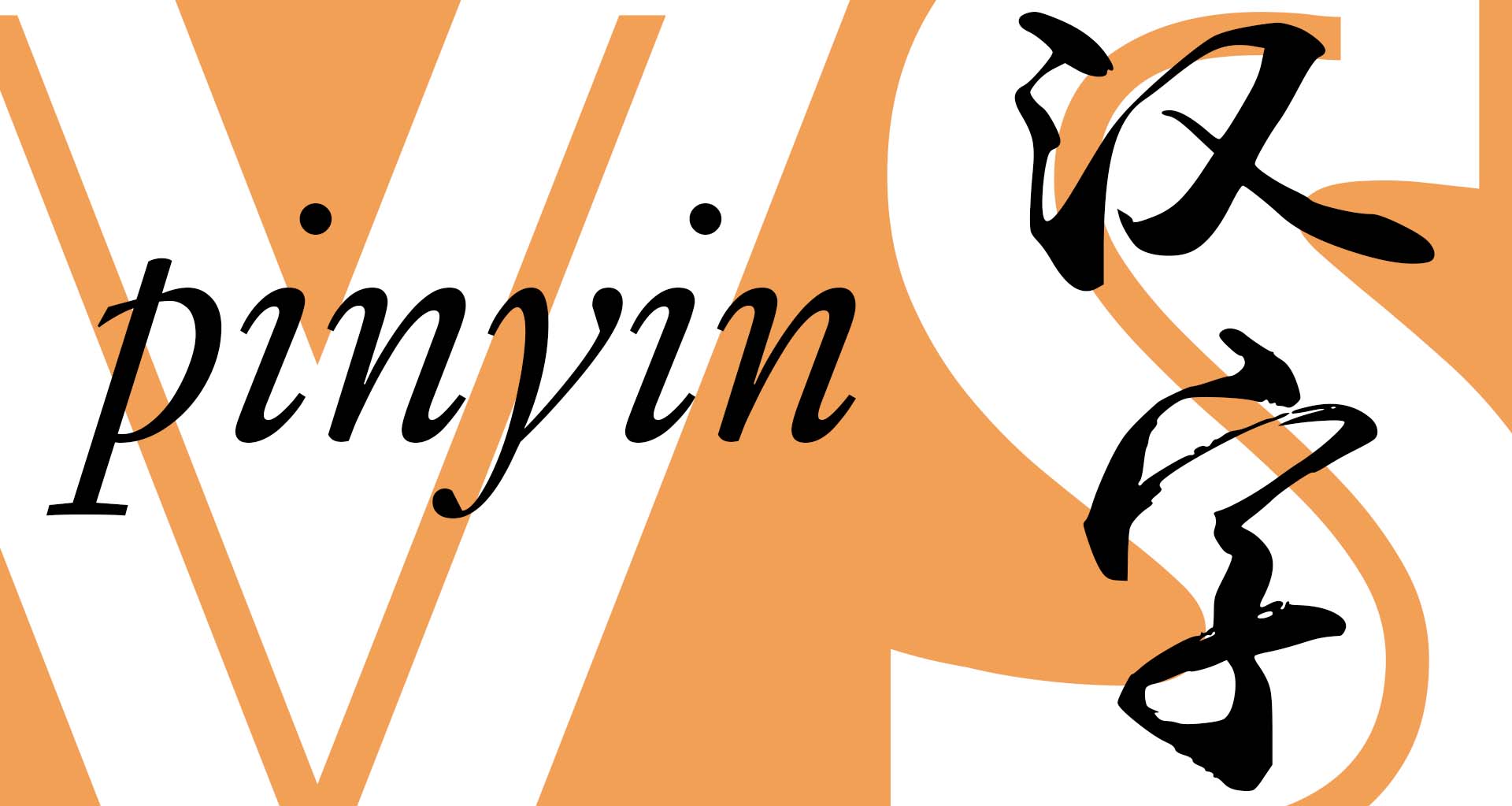
The short answer is you should learn both. Pinyin was invented in the 1950s to help unify the 50+ dialects of spoken Chinese and provide a guide for people to learn the pronunciation of Chinese. So it is possible to learn mandarin Chinese without learning pinyin, but as a non-native, you would be making things rather difficult for yourself! Equally, learning Chinese without learning the characters can only get you so far.
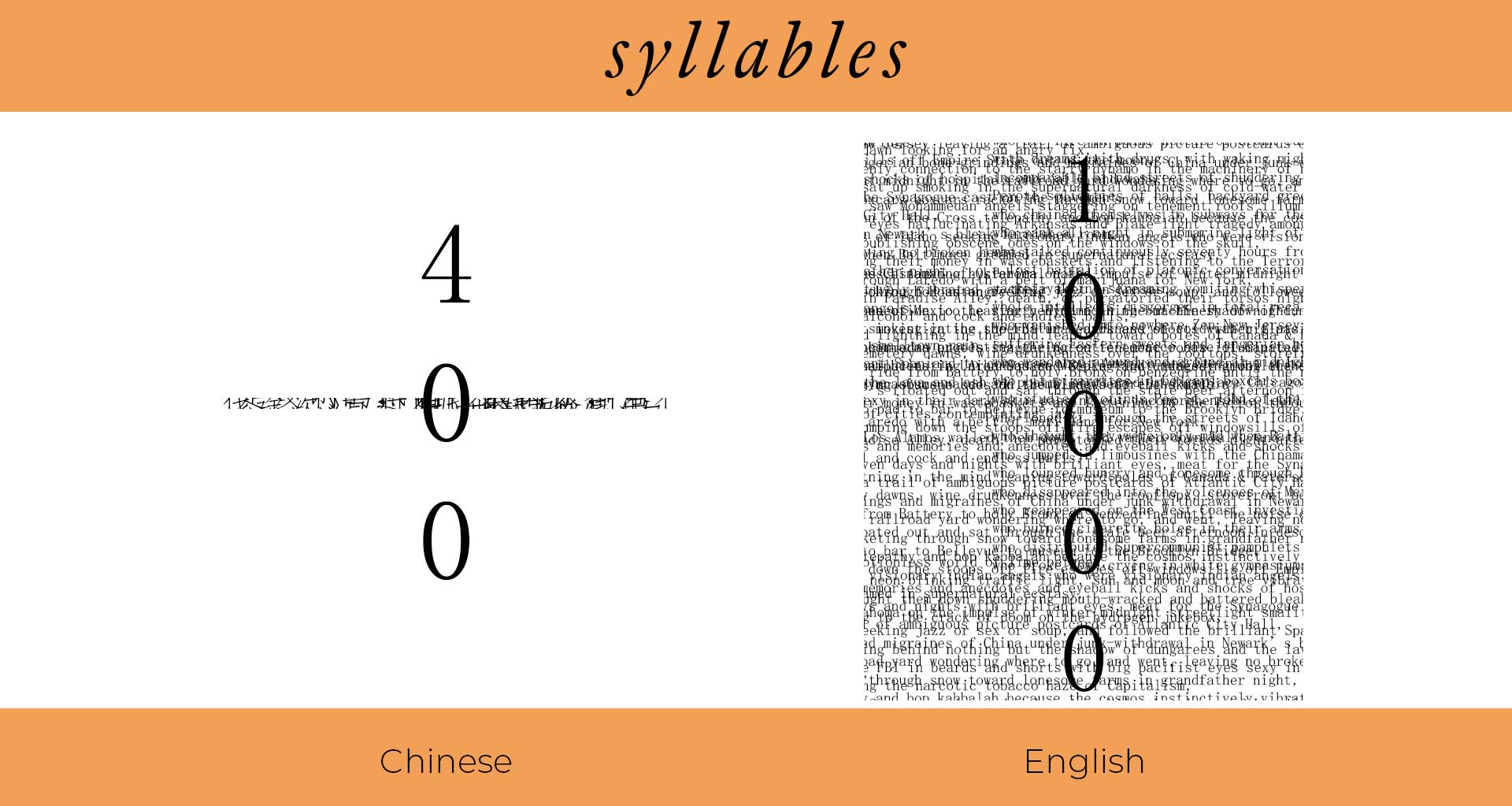
The English language is estimated to have between 10,000 and 16,000 syllables in common use. This means most words are varied and easily distinguishable from one another. German, for example, is also similar. The Chinese language on the other hand, is estimated to have around 350-400 syllables. This means most syllables are similar-sounding words. Many Chinese language learners find it tempting to skip learning Chinese characters once they have learned pinyin but be warned now. Though it will help you master any Chinese pronunciation difficulties, pinyin does have limitations. You know how, in English, words like "there", "their" and "they’re" are commonly confused? Imagine trying to interpret 50 different versions of "there" with similar differences in spelling. That’s Chinese if you don’t learn the characters. Don’t let that scare you. There are some incredible tricks and tips for turning those crazy squiggles called Chinese characters into something more meaningful. For now, let’s focus on pinyin.
When Is Best To Learn Pinyin?
The sooner you learn Pinyin, the better. Knowing both the Pinyin alphabet and Chinese characters together is a powerful tool. It’s essential to understanding spoken Chinese. By linking Chinese pronunciation to character and pinyin in your head, you distinguish between these otherwise identical sounds. Learning characters becomes vitally important as you progress in your Chinese learning journey. Learning pinyin however, is never time wasted. As well as giving our struggling foreign brains something understandable to grasp as a foundation, it also tells us the tone of the Chinese character. More on that little word ‘tone’ later.
Pinyin For Beginners: Pinyin Explained
Hanyu Pinyin uses the same roman lettering system as European languages. So is pinyin hard to learn? No. For foreigners who already know these sounds, we can learn very quickly. This is because we already have a foundation to build upon and do not have to learn two things at once.
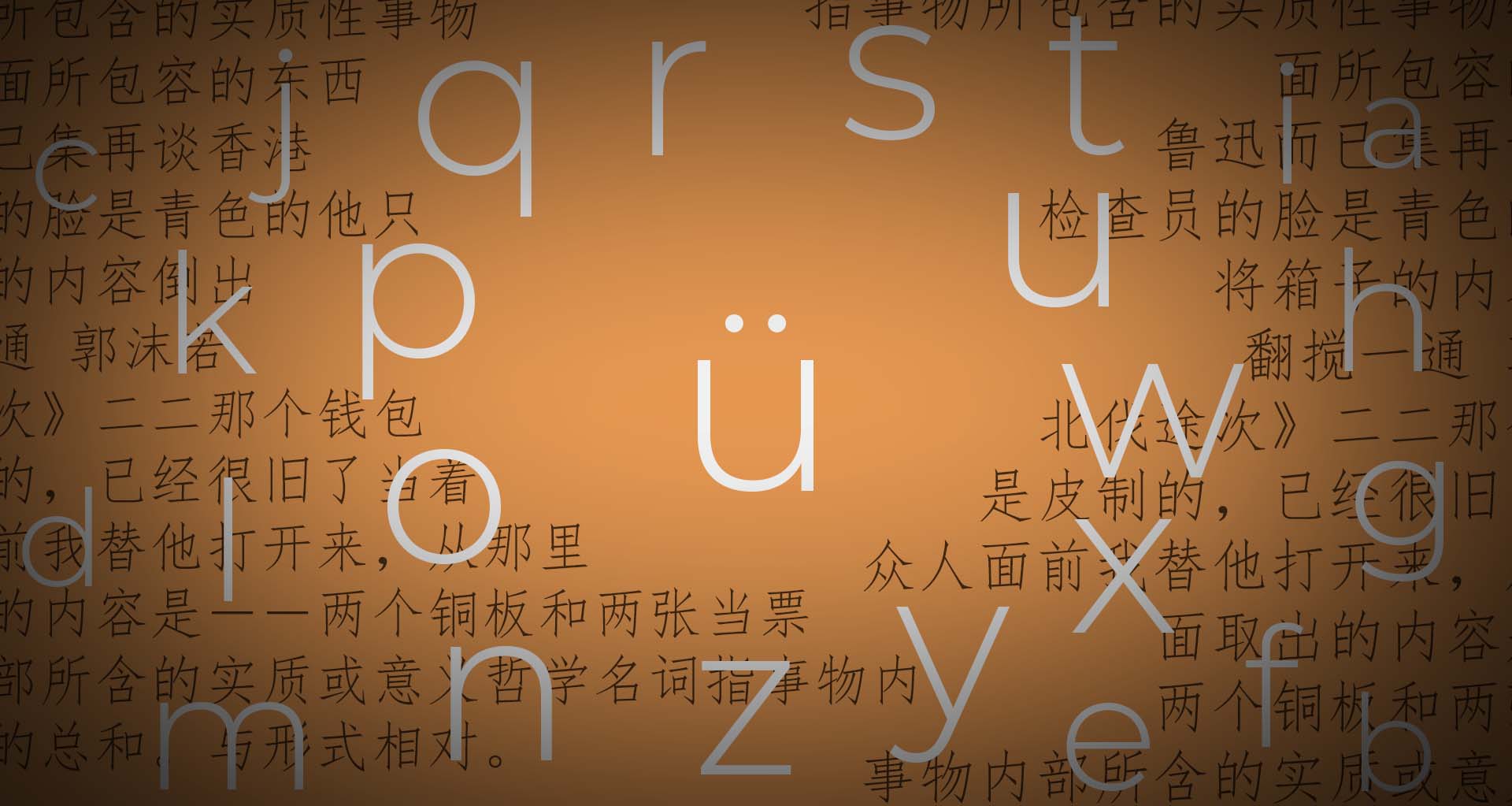
You may recognise some of these. Whilst it looks almost identical to English, there are notable differences. For example, ‘c’ is pronounced more like the ‘ts’ in cats. This makes reading impossible without first dedicating the time to study each letter. Pinyin gives us 56 phonemes (a distinct unit of sound within a language). Once you have learnt these 56 phonemes you will have the foundation to pronounce anything in Chinese and know how to spell with Chinese pinyin. Let’s get into the nitty gritty: how to learn pinyin.
Pinyin Basics: Free Chinese Pronunciation Video Course
Since we’re talking about how to learn Chinese pronunciation, it’s going to be pretty useful for you to hear some Chinese. We have created a free Pinyin video course you can get started with right away. Practice along with us to get those new face and tongue muscles working! Alternatively, you can skip down below where the information is summarised. You can also playback pinyin sounds to improve your Chinese pronunciation.
In this pinyin YouTube course you’ll learn:
How to read Chinese pinyin.
How to pronounce pinyin letters.
How to learn pinyin fast.
Focus on pinyin recognition with pinyin listening Practice.
Pinyin alphabet: Chinese pronunciation of r x q and many more.
This is the first lesson in the pinyin video course.
To download the extra pronunciation PDF and audio below, join the club with your email. You’ll receive bonus Chinese learning goodies, straight to your inbox!
Downloadables
These materials are great for:
Pinyin practice for ‘z, c, s, zh, ch, sh, r, j, q, x’
Chinese pronunciation correction
Chinese pronunciation drills
Pinyin listening practice
Want exclusive study materials and a chance to practise your Chinese with a native speaker, Ella? Click the "Become a Patreon" button to find out more.
Let’s recap.
First 10 sounds and audio practice
The 10 sounds covered in the video (z, c, s, zh, ch, sh, r, j, q, x) are divided up into three groups.
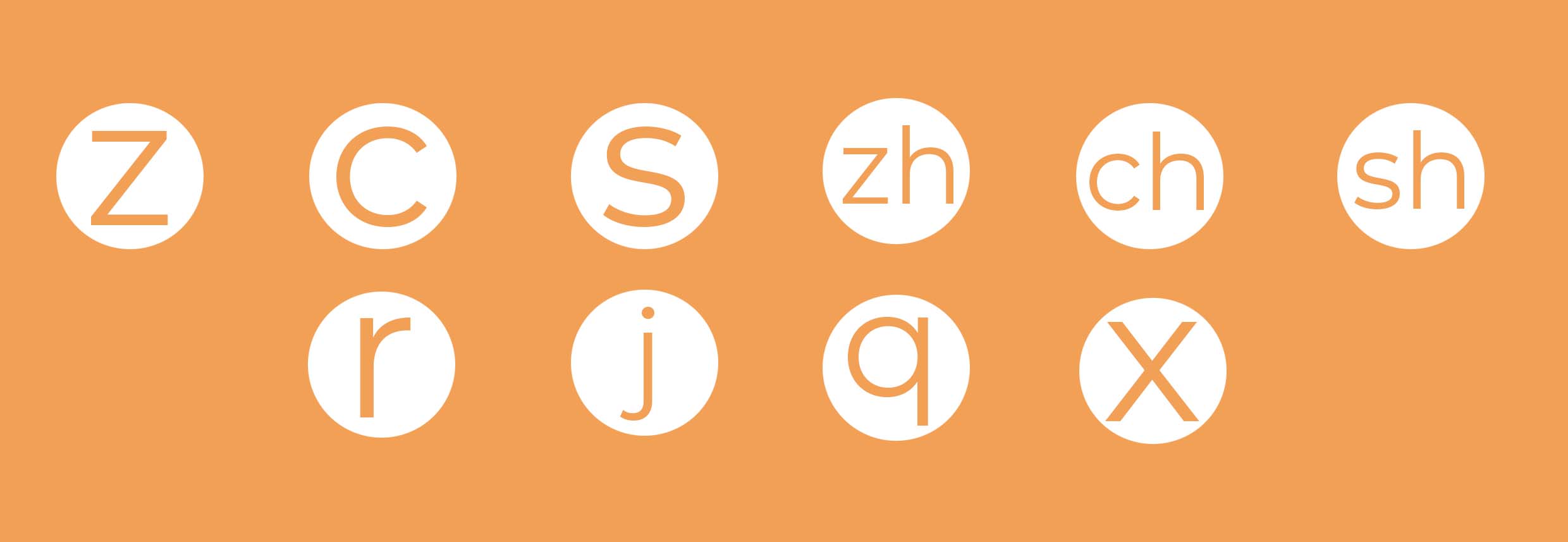
The first group is z, c and s: 舌尖前音 (shé jiān qián yīn)
The tip of your tongue should sit just behind your front teeth.
You can click playback to hear the pinyin sound spoken by Ella
z
c
s
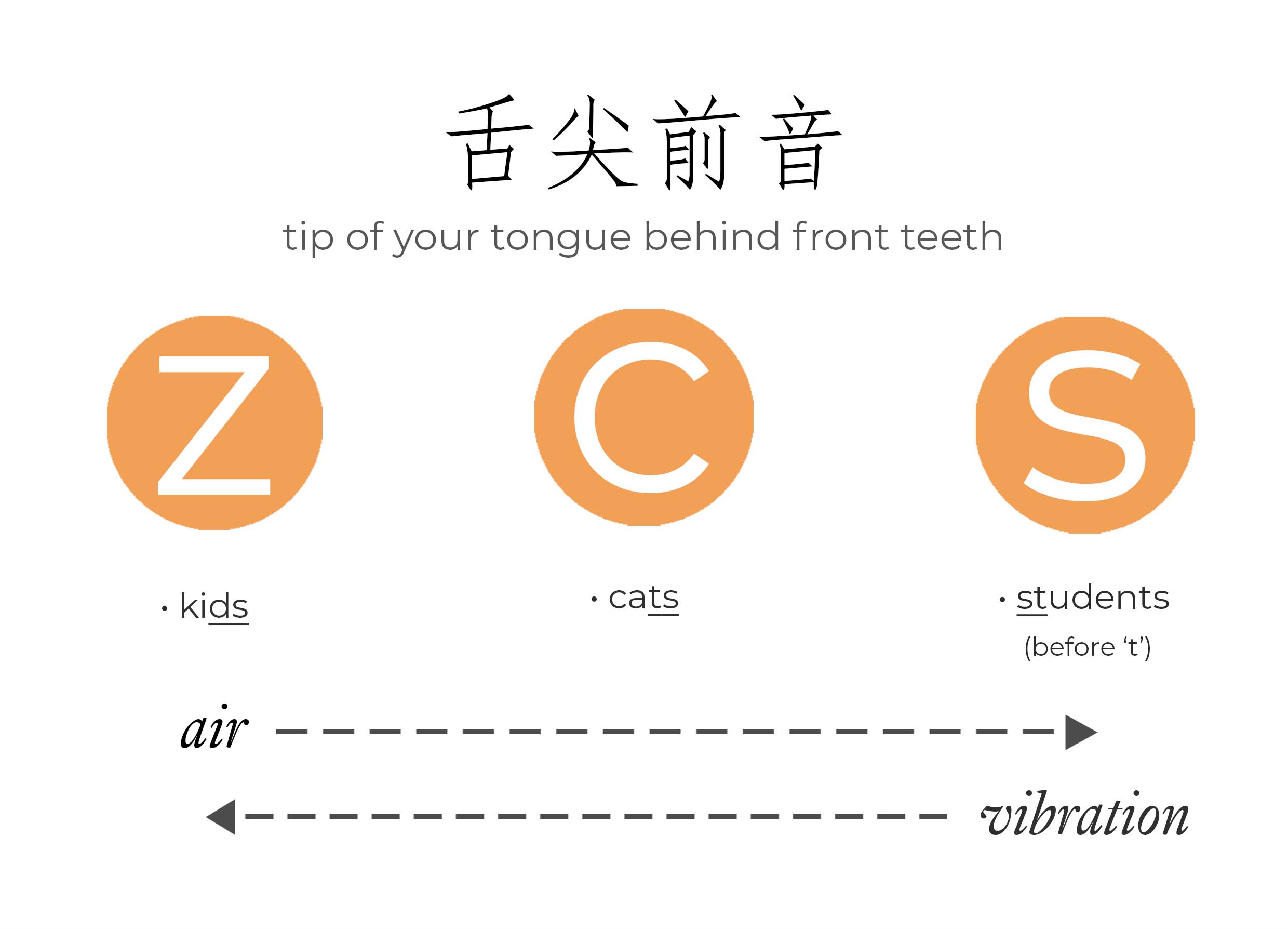
As you move through the sounds, you should feel less vibration and more air. I.e. ‘z’ has the most vibration and the least air.
The second group is zh, ch, sh and r: 舌尖后音 (shé jiān hòu yīn)
The tip of your tongue should be touching/near the roof of your mouth.
You can click playback to hear the pinyin sound spoken by Ella
zh
ch
sh
r
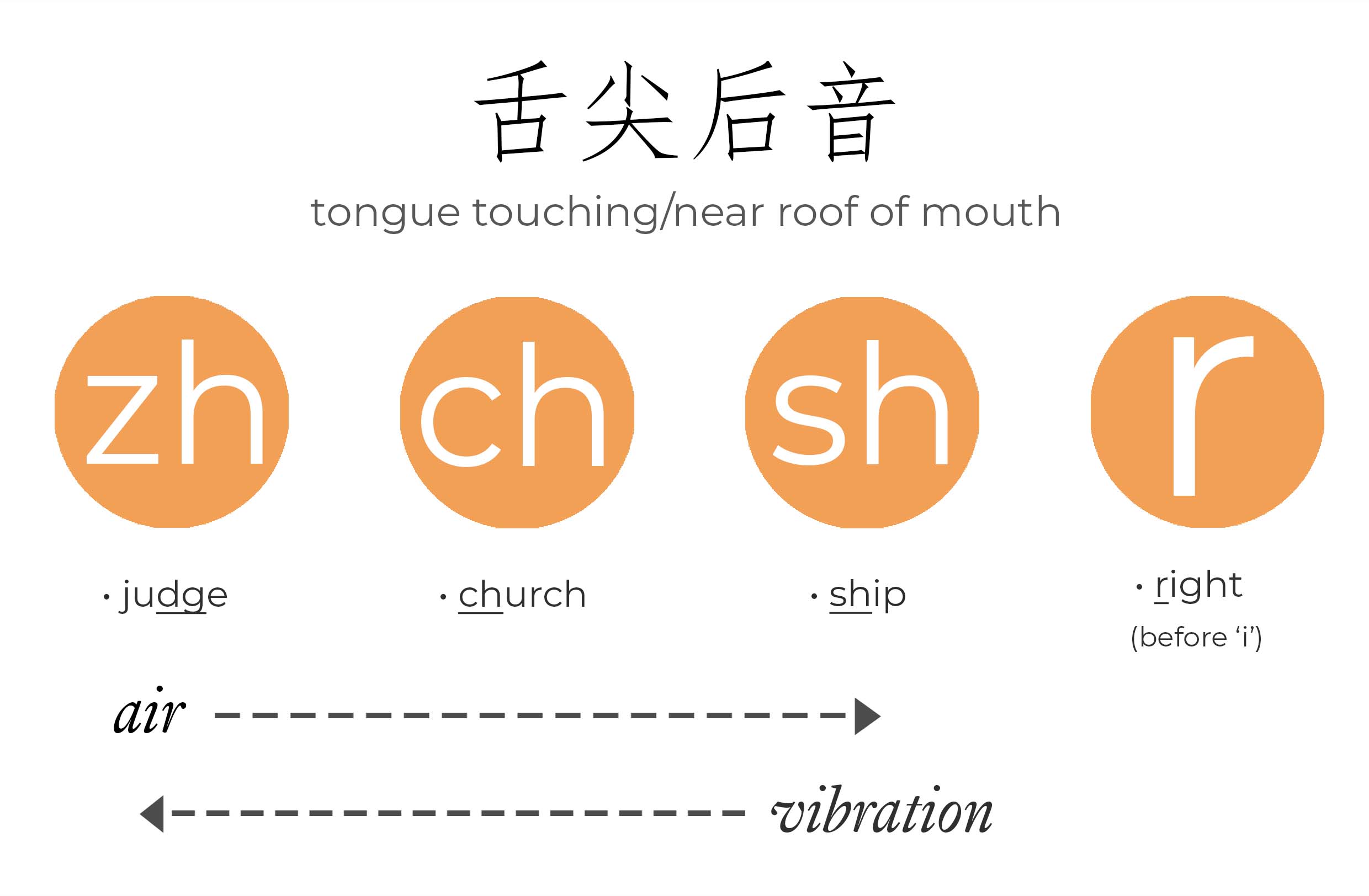
The same is true of this group in regards to vibration and air, except for ‘r’. It's is a bit of an outlier with both air and vibration roughly in the middle. You should also notice your tongue curling more and more towards the roof of your mouth as you move through the pinyin letters.
The third group is j, q and x: 舌面前音 (shé miàn qián yīn)
Your tongue should be flat in the middle of your mouth
You can click playback to hear the pinyin sound spoken by Ella
j
q
x

This group is a little different. Here you use the flat of your tongue in the middle of your mouth. You should keep your mouth pretty wide too.
You’ve Mastered The First 10 sounds, What Next?
Great job getting started in your pinyin learning. Stay tuned for next week’s episode where we’ll be revealing more Chinese pronunciation rules, tips, and tricks. You can subscribe to our YouTube channel so you don’t miss a beat. Say hi to us over on YouTube if this pinyin lesson has helped with your understanding of Chinese alphabet pronunciation basics! NEXT CHAPTER: Chinese Vowels and Consonants Coming soon: - The other syllables that make up pinyin - How To Pronounce Pinyin Tones
